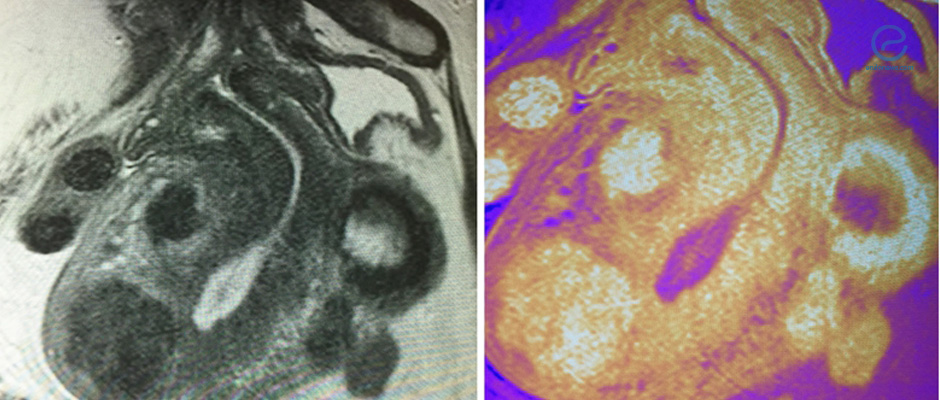Detection of Uterine Malformations and its Link to Endometriosis
Jul 8, 2017
Transvaginal 4D Ultrasonography is the superior method for the detection of uterine irregularities that are more prevalent in women that have endometriosis and are infertile.
Key Points
Highlights:
- This study was composed of two parts:
- The first part looked at the relationship between endometriosis, infertility, and irregularities in the uterine cavity. These malformations include endometrial polyps, uterine septum, and hypoplastic uterus.
- The second part of the study sought to determine which method of lesion detection is better: office hysteroscopy or transvaginal 4D Ultrasonography?
Importance:
- Determining whether there is a higher prevalence of uterine cavity abnormalities for individuals who have endometriosis and are infertile would shed more light on the nature of the disease.
- Understanding which method of lesion detection is better and more efficient allows for more efficient diagnosis in the future.
What’s done here?
- 50 patients recruited for this study from the El Shatby fertility clinic, Alexandria University. Laparoscopy was used to determine whether or not the given individual has endometriosis. Participants that have previous intrauterine or were subject to hormonal therapy over the last six months were not eligible to participate in the study.
- Transvaginal 4D Ultrasonography performed on all the patients. The uterus, adnexa, and tubes scanned.
- All patients were also subject to an office hysteroscopy after they completed menstruation. The uterine cavity, cervical canal, and tubal ostia inspected.
- Polyps found during the assessment were biopsied.
Key results:
- It was found that uterine cavity malformations such as endometrial polyps, uterine septum, and hypoplastic uterus are more prevalent in women who suffer from endometriosis and infertility.
- Office hysteroscopy and transvaginal 4D Ultrasonography are both effective methods for disease detection; however, transvaginal 4D Ultrasonography is noninvasive, making it a better option for lesion assessment.
Limitations of the study:
- The study was limited to patients from one geographical region.
Lay Summary
Dr. Abd El Fattah recently published a research article titled “Uterine Cavity Abnormalities in Patients with Endometriosis in Alexandria: A Diagnostic Test Accuracy Study” in Obstetrics and Gynecology International that delineated and presented the results of his study. The study has two parts; the first part looks at the link between endometriosis and the pathological features of endometrial polyps found in infertile women, uterine septum, and hypoplastic uterus. The second part of the study compares two methods of diagnosing abrasions: Hysterosalpingogram and transvaginal 4D ultrasonography. Office or operative hysteroscopy is the traditional method used to detect lesions whereas 4D Ultrasonography is a more novel approach; however, it is unknown which method is better.
50 participants with endometriosis were recruited from the fertility clinic at Alexandria University for this study. Endometriosis was diagnosed using laparoscopy. Patients were then assessed using office hysteroscopy and transvaginal 4D Ultrasonography.
The results showed that office hysteroscopy and transvaginal 4D Ultrasonography are essentially equally effective when it comes to diagnosing lesions; however, in some select cases, transvaginal 4D Ultrasonography is the superior method. Additionally, this study revealed that abnormalities such as endometrial polyps, uterine septum, and hypoplastic uterus occur more often in infertile women who also have endometriosis.
Research Source: https://www.ncbi.nlm.nih.gov/pubmed/28638413
lesions transvaginal 4D Ultrasonography office hysteroscopy uterine septum hypoplastic uterus endometrial polyps laparoscopy

